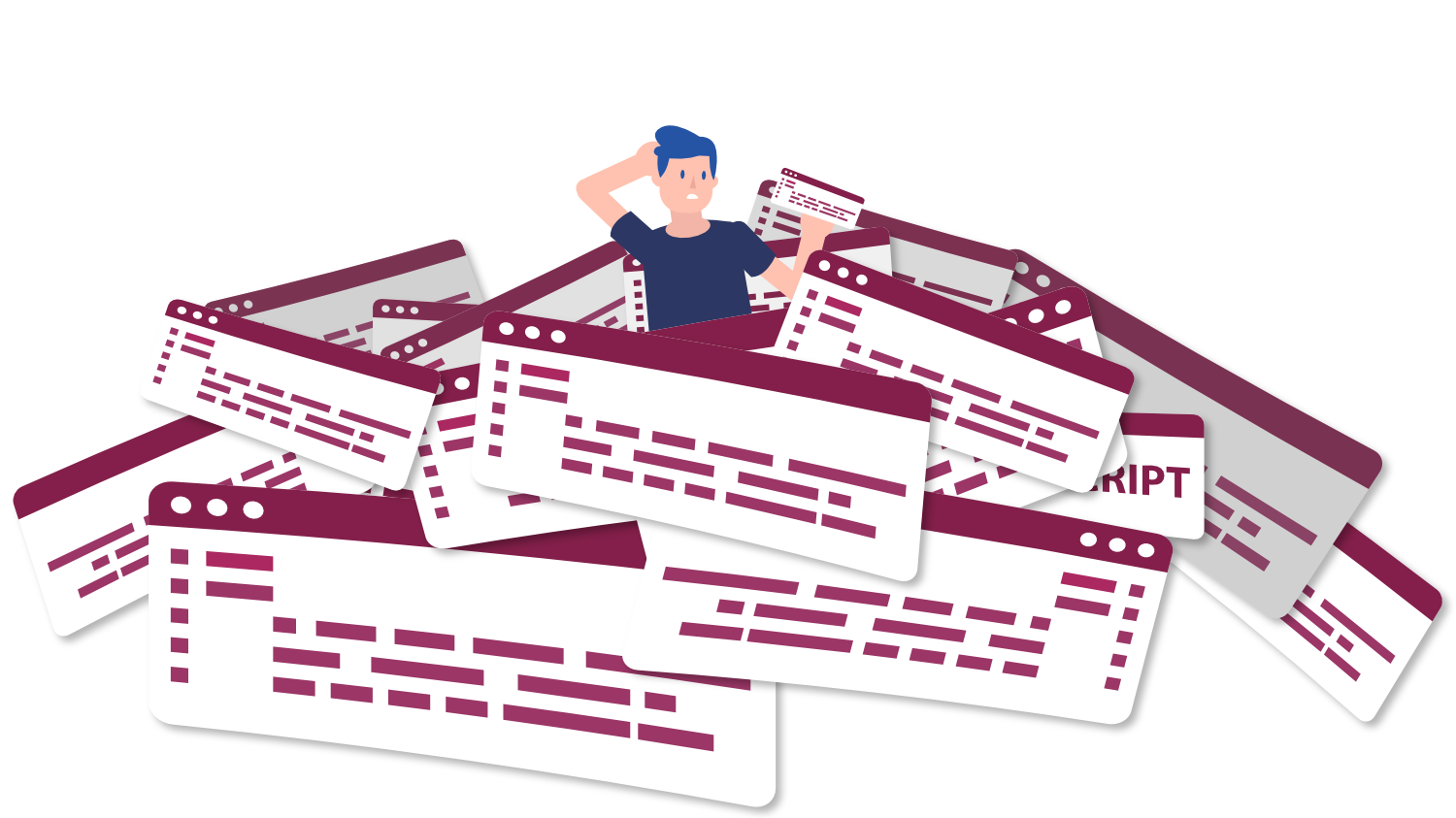What are the authoring tool accessibility guidelines?
Question
Answer
The Authoring Tool Accessibility Guidelines, or ATAG, are a set of criteria that work in addition to the Web Content Accessibility Guidelines (WCAG). The main difference is that WCAG deals with accessing content, while ATAG deals with creating content. Both documents are created and maintained by the World Wide Web Consortium.
ATAG consists of two parts: Part A focuses on making tools accessible to authors with disabilities, and Part B focuses on supporting authors to create accessible content.
ATAG is applicable to any interface where a person is creating content for the web, including web apps. This can be as complex as a content management system for a suite of websites, or as simple as a comment field on a blog post. Other examples include learning management systems, social media channels, online document editors, coding environments, and many others.
If you are building or selecting an authoring tool, ATAG is a valuable resource for evaluating the tool's accessibility. The guidelines identify key features that will empower authors with disabilities to create content and support and encourage all authors to create accessible content. Authoring tools built with accessibility in mind are crucial for making the web more accessible for everyone.
If you're ready for an accessibility partner for these and other accessibility questions, contact Accessible Web.


